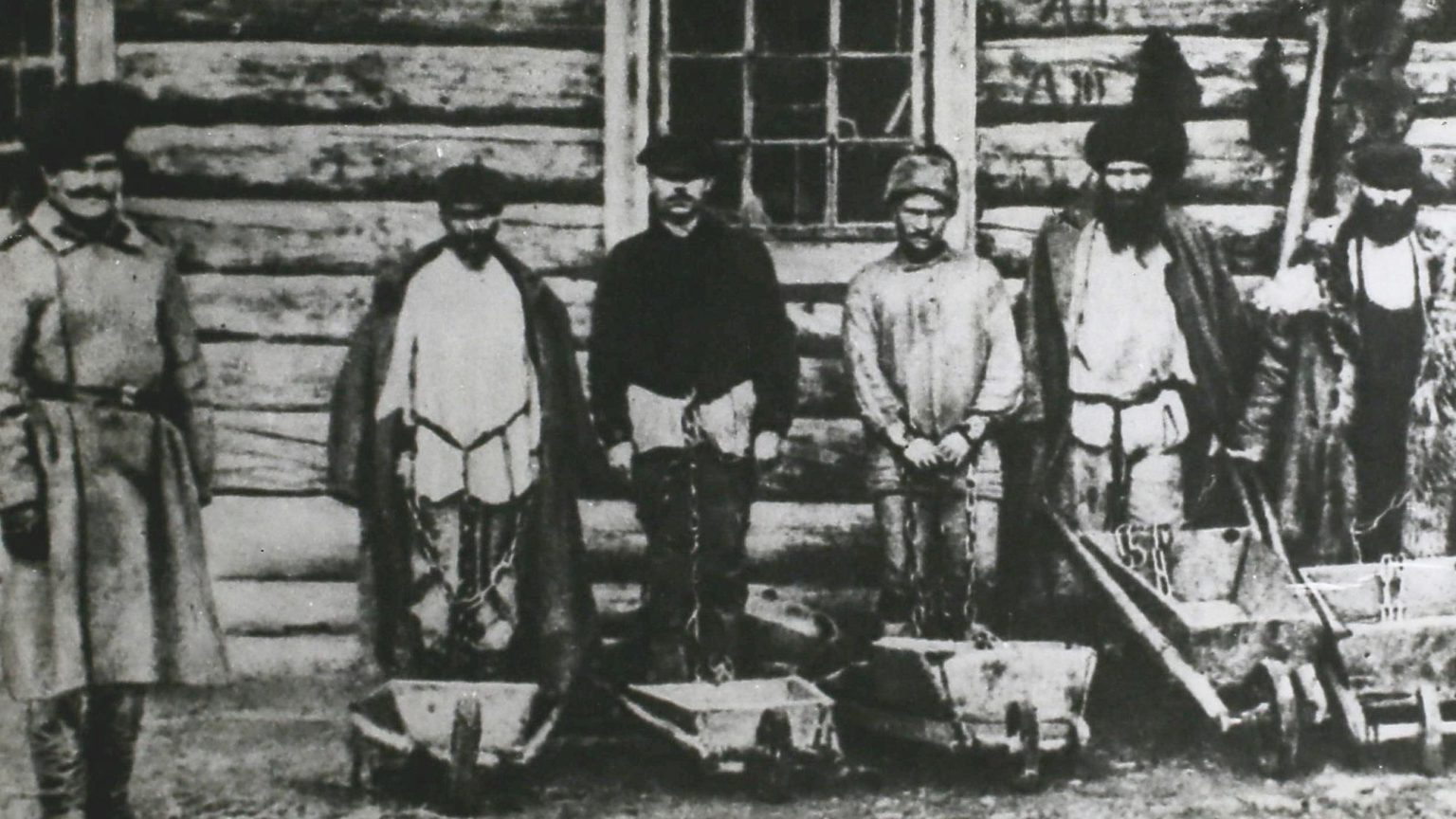One consistent element in Murakami’s works of magical realism is the “other world.” Norwegian Wood, Hard-Boiled Wonderland and the End of the World, and A Wild Sheep Chase all have this element. In these, the protagonist travels, usually to a physically faraway place, and ends up in a world similar to but subtly unlike the original world. In A Wild Sheep Chase, the physical location of the other world is Sapporo. After landing and catching a movie, Boku and his girlfriend are strolling on the street when they first notice that something is off. His girlfriend asks, “Are we really in the right city” noticing there’s “something out of place” (Murakami 191). Boku silently agrees, noticing “[the polestar] looked like a fake polestar” (191). Here, the characters chalk it up to being in a new city. An experienced reader of Murakami, however, will be able to notice it is from this point forward that the descriptions of people, the laws of nature, and any sense of normalcy are all distorted.
Immediately, Boku’s girlfriend has intrinsic and accurate knowledge of which hotel to pick. This choice leads to the sheep with the star marking and Boku’s success. In the original world, this would at least be questioned and likely have been inaccurate. Yet because this takes place in the other world, this is normal. Boku remarks that despite being called the Dolphin Hotel, there was “not even a picture of a dolphin” (192), another logical inconsistency allowed in the other world. Yet, it is not questioned. Despite noticing all of these inconsistencies, Boku and his girlfriend do not protest them. They welcome them. The inconsistencies are generally convenient for both of them (up until her disappearance). Here, the other world is accepted.
In contrast to this acceptance of the other world, is the narrator in Sputnik Sweetheart who posed the question: how do I know if I am in the other world? After her experience on the Ferris wheel, Miu is questioning if she is her original self or if the Miu she saw in her apartment is the real her.
Here, the other world does exist, but it poses two questions: Would you be able to notice you were in the other world if you didn’t see a physical split where apparently you exist in both worlds at once? and if you don’t notice a split, like Boku, but you only interact with one, have you split and just not noticed? These characters are deciding what grounds they should base their reality on: their individual experiences, those around them, or their past. Each of these has different consequences and existential questions related to them. Succinctly, the narrator is basing his identity based on those around him, if Miu is split and not the original Miu, he now feels that he must not be the original him. Miu is unable to decide whether to base her identity on the life that she remembers living, confirming that she is the real Miu, or on what she saw happen in her apartment with her split, which she has no set ideas on. In both scenarios, she is unable to fully account for the other Miu, so I, personally, believe the Miu interacting with the narrator is in the other world, and likely so is everyone else. This other world distorts the idea of identity and personhood.
In the “End of the World” the world where the novel its name from, the distortion of the other world ripples through the world. Slowly but surely making everything seem slightly off. As time goes on, the world becomes more and more bizarre. In all three of these stories, the effects of the other world compound over time and either become more noticeable or impact more people.
These conceptions of the other world provide understandings of the ways Murakami’s magical realism bends the laws of nature, identity, and time. A consistent element in all worlds is that a very specific process had to be taken to enter the other world or be made aware of it, flying to Sapporo/riding the Ferris wheel, climbing down a well, or traveling down a long singular hallway.

